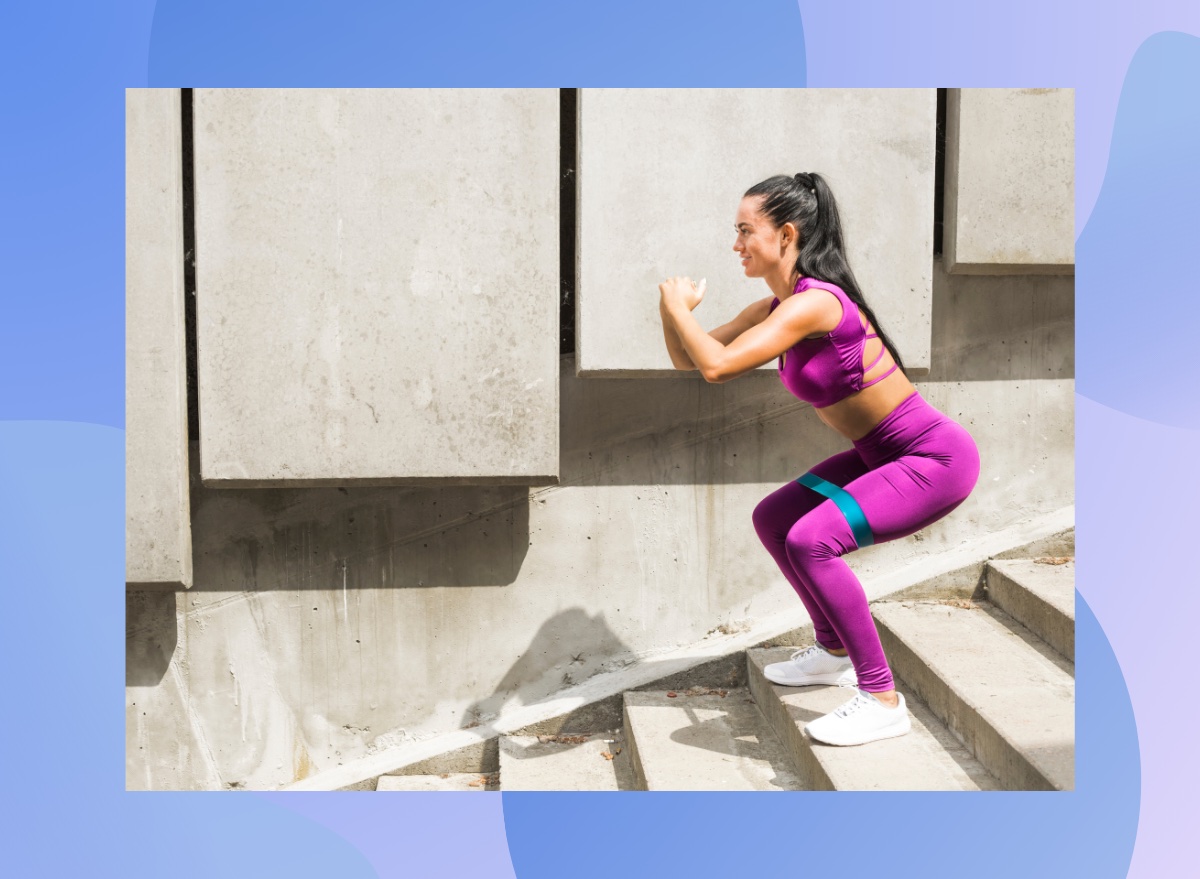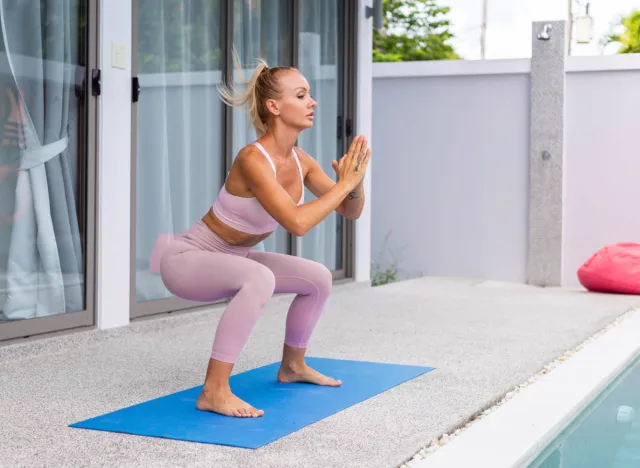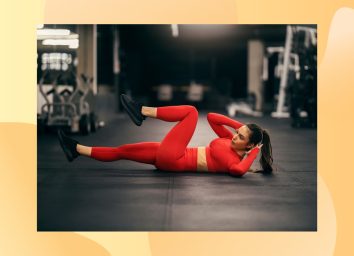How Many Squats Do You Need To Do for a Firmer Butt?

Squats are often hailed as the ultimate lower-body exercise, promising to sculpt and tone your glutes like nothing else. But how many squats do you really need to do to see a firmer butt? Is there a magic number, or does it depend on various factors? Let's delve into the science behind squats and uncover the secrets to achieving a toned and firm posterior.
While there's no exact number of squats that guarantees a firmer butt, incorporating squats into your workout routine regularly and with proper form can yield noticeable results over time. Remember to vary the intensity, incorporate different squat variations, and prioritize consistency to maximize the effectiveness of your squat workouts. With dedication and persistence, you'll be well on your way to achieving a toned and firm posterior.
Understanding the anatomy of squats:

Before diving into the specifics of squatting for a firmer butt, it's essential to understand the anatomy of the gluteal muscles. The glutes are composed of three main muscles: the gluteus maximus, gluteus medius, and gluteus minimus. The gluteus maximus, the largest of the three, is primarily responsible for hip extension, which is crucial for movements like squatting, jumping, and running.
The role of squats:

Squats are a compound exercise that engages multiple muscle groups simultaneously, including the quadriceps, hamstrings, and, of course, the glutes. When performed correctly, squats target the gluteus maximus and help strengthen and tone these muscles. However, the effectiveness of squats in firming the butt depends on several factors, including frequency, intensity, and form.
Frequency and consistency
Consistency is key to seeing results from squats. While there's no one-size-fits-all answer to how many squats you should do, incorporating them into your workout routine at least two to three times per week is a good starting point. Consistently performing squats over time will help build muscle mass and increase overall strength in your glutes.
Intensity and variation
To maximize the effectiveness of your squat workout, it's essential to vary the intensity and incorporate different squat variations. While traditional bodyweight squats are beneficial, adding resistance in the form of dumbbells, barbells, or resistance bands can further challenge your muscles and stimulate growth. Additionally, incorporating plyometric squats, such as jump squats or squat jumps, can help improve power and explosiveness in your glutes.
Proper form
Regardless of how many squats you do, proper form is crucial for avoiding injury and maximizing results. To perform a squat correctly, stand with your feet shoulder-width apart, engage your core, and lower your body as if you're sitting back in a chair. Keep your chest lifted, knees tracking over your toes, and weight in your heels as you lower down. Aim to squat until your thighs are parallel to the ground, then push through your heels to return to the starting position.
A sample butt-firming squat workout:
Here's a squat workout that you can incorporate into your routine to build stronger, firmer glutes:
1. Barbell Back Squats: 4 sets of 8 to 10 reps
Load a barbell with an appropriate weight and position it across your upper back. Perform squats with the barbell, focusing on maintaining proper form and depth.
2. Dumbbell Sumo Squats: 3 sets of 12 to 15 reps
Hold a dumbbell with both hands in front of your body and stand with your feet wider than shoulder-width apart. Lower into a squat, keeping your chest lifted and knees tracking over your toes.
3. Plyometric Squats (Jump Squats): 3 sets of 10 to 12 reps
Perform jump squats by squatting down and explosively jumping into the air.
Land softly and immediately lower into the next squat.









